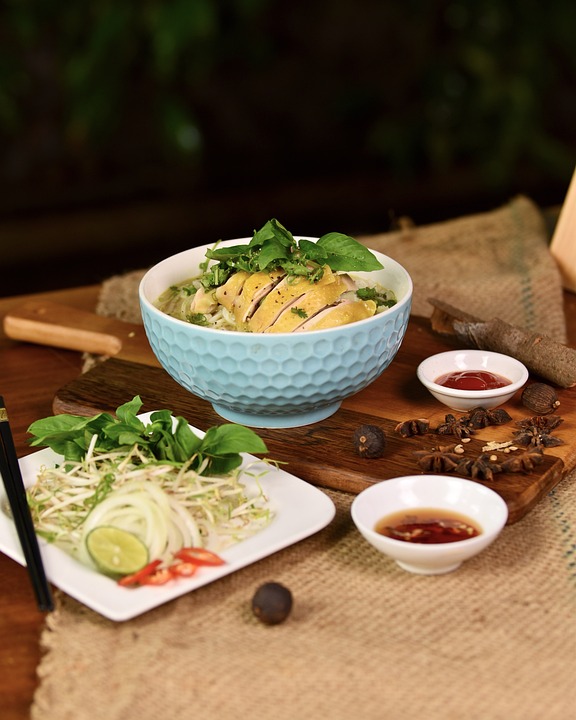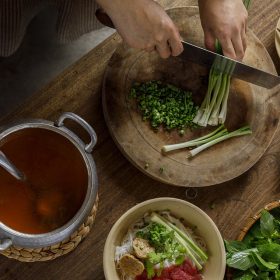Introduction
Gum grafting is a surgical procedure performed to treat gum recession, a condition where the gum tissue pulls back from the tooth, exposing its root. This procedure helps to restore the gumline and protect the teeth from potential damage. After undergoing gum graft surgery, patients often wonder about the foods they can consume during their recovery period. One popular question is whether it is safe to have pho, a Vietnamese noodle soup.
The Healing Process
It is important to understand that gum graft surgery involves creating incisions in the gum tissue to graft new gum tissue onto the affected area. The newly grafted tissue needs time to heal, and during the initial stages, it is essential to follow proper post-operative care instructions provided by your dentist or periodontist.
Soft and Non-Irritating Foods
During the healing process, it is recommended to consume soft and non-irritating foods to avoid any potential harm to the grafted area. Pho, being a soup-based dish, can be a suitable choice as long as certain precautions are taken.
Considerations for Having Pho
When having pho after gum graft surgery, it is crucial to keep the following considerations in mind:
- Choose a broth-based pho: Opt for a clear broth rather than a spicy or heavily flavored one. A mild broth will be gentler on your gums and less likely to cause any irritation or discomfort.
- Ensure the noodles are soft: Overcooked or softer noodles are easier to chew and will minimize any potential strain on your healing gums.
- Avoid tough meats: It is best to avoid any meats that require excessive chewing, such as beef tendon or well-done beef. Stick to softer options like thinly sliced chicken or tofu.
- Be cautious with garnishes: Garnishes like bean sprouts, lime wedges, or herbs can be added in moderation if they do not cause any discomfort. However, it is recommended to avoid adding anything that may irritate or get stuck in the surgical site.
- Allow the pho to cool: Consuming hot foods can cause discomfort and potentially disrupt the healing process. Let your pho cool down to a comfortable temperature before eating.
Consult Your Dentist
Every patient’s healing process may vary, and it is essential to consult your dentist or periodontist before making any decisions about your diet. They will provide specific recommendations based on your individual case and guide you on what foods are safe to consume during your recovery period.
Conclusion
While having pho after gum graft surgery is possible, it is crucial to take certain precautions to ensure a smooth healing process. Choosing a mild broth, soft noodles, and avoiding any potentially irritating or hard-to-chew ingredients are key. Always consult your dental professional for personalized advice to ensure a successful recovery.

Cuong Nguyen is a talented writer and experienced waitress at Vietnampalace.net, a renowned Vietnamese restaurant that offers an extensive menu of authentic Vietnamese cuisine. With a background in the competition of Vietnamese cuisine, Cuong brings a wealth of knowledge and expertise to the dining experience. From delicious pho dishes to fresh spring rolls, Cuong ensures that every meal is made with the freshest ingredients and authentic flavors.With exceptional service and a friendly atmosphere, Cuong takes pride in providing a memorable dining experience for every customer.
Whether you’re a vegetarian looking for options or a meat lover craving the flavors of traditional Vietnamese dishes, Cuong guarantees a delightful culinary adventure. So, visit Vietnampalace.net and let Cuong guide you through the tantalizing world of Vietnamese cuisine.


